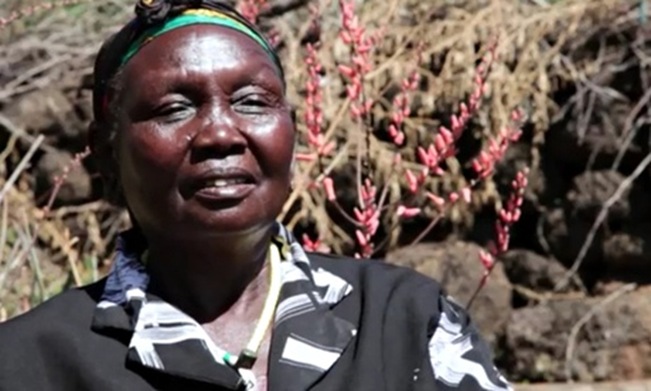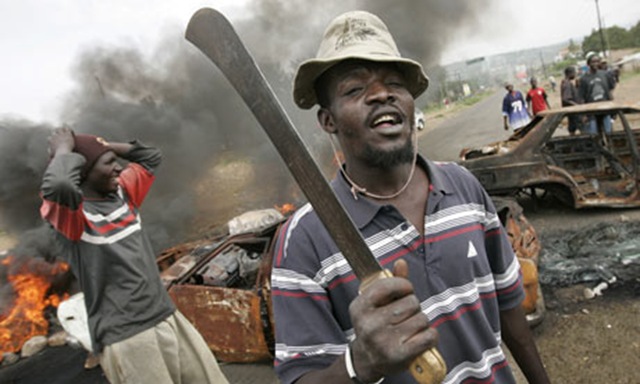The Guardian
February 9, 2014

There can be few women who understand both the agonies and the economics of female genital mutilation better than Margaret, a grandmother in her 70s from Pokot, northern Kenya.
Her life has spanned the clumsy colonial efforts to ban the practice, which saw it become a cultural cornerstone of the Mau Mau uprising against British rule, right through to independent Kenya’s decision to reimpose the prohibition.
She has also put more girls than she can remember under the knife. When Margaret started, the tool of choice was a curved nail; more recently this has been replaced with imported razor blades.
The work, she concedes, is gruelling: frightened young girls would typically sit naked on a rock; once done, their excised clitorises would be thrown to the birds. For the cutters, or “koko mekong”, who can earn 2,500 Kenyan shillings (£18) for each girl, it is a livelihood.
“The cutters ask me: ‘If we leave doing this thing, what will we eat?’” Margaret says. “Tell the government to give us what to eat. If it’s just workshops then it will be no use. The circumcisers will not leave their career simply because they’re being told to leave it.”
The “cut” has been outlawed in Kenya since 2001. Despite this, a public health survey in 2009 found that 27% of women had been subject to FGM. Among some ethnic groups – such as the Somalis (98%) and Masai (73%) – that figure is much higher.
A second set of laws passed in 2011 made it illegal to promote or to facilitate what used to be known as female circumcision, and stiffened penalties. But changing the law was easier than changing practice.

Among communities such as the Endorois, who live near the picturesque Lake Bogoria, the cutting season has endured. But the ban has driven it underground, according to Elijah Kipteroi, the government-appointed chief of nearby Loboi, a role he describes as part policeman, part doctor, with a dash of marriage counsellor thrown in.
“In the old days there were preparations that you could see,” Kipteroi said. “Now, because of the law, the practice is carried on in hiding. It’s happening without ceremonies.”
The laws are still seen as foreign by many Endorois, especially the male elders, says the chief. They accuse him of criminalising their culture.
Underpinning the practice is a sharply divergent vision of the roles of sons and daughters. In Kenya, a dowry is paid by the groom’s family. As a result, girls are seen as a valuable asset to their families, if they can be offered for marriage in the “right” condition.
“The daughters are seen as cattle to be sold,” said Kipteroi, who added that a bride price would be typically counted in livestock, worth perhaps as much as 30 cows. “No one will even negotiate a bride price for uncut girls.”
On the surface, communities in places such as Loboi are broadly supportive of traditions such as FGM. Uncut girls, sometimes referred to as “raw” as opposed to mutilated “ripe” women, can expect to be shunned by their neighbours. They are forced to walk for miles to fetch water so they don’t “contaminate” pumps and wells; local midwives even refuse to deliver their “unclean” babies.
Reuben Orgut, a wiry man in his 60s with a sprinkling of silver stubble, one of the elders in Sandai, is unapologetic about FGM and the economics behind it.
“When I get this dowry it’s a way to support the other siblings. It means that when my sons also marry I have something to give out.”
He says the girls who refuse to be cut and married off are “stealing” from their own families. “It is not fair since they are a source of wealth. Some who have not been circumcised leave the family without us getting the bride wealth.”
